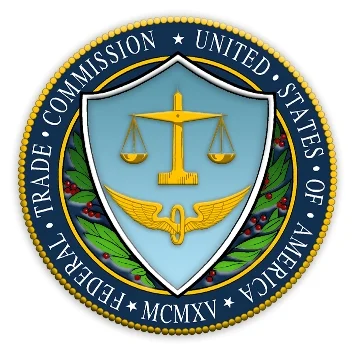 As 2015 – a record year for mergers and acquisitions – came to a close, the Federal Trade Commission and the Department of Justice, who together enforce the nation’s antitrust laws, were out in force – helping scuttle billions of dollars worth of deals in December alone.
As 2015 – a record year for mergers and acquisitions – came to a close, the Federal Trade Commission and the Department of Justice, who together enforce the nation’s antitrust laws, were out in force – helping scuttle billions of dollars worth of deals in December alone.
Down went a $3.3 billion sale of General Electric’s appliance division to Electrolux. A proposed $1.5 billion merger between canned tuna rivals Chicken of the Sea and Bumble Bee was also scuttled. And the FTC said they would seek to block Staples’ $6.3 billion acquisition of chief rival Office Depot – though recent reports indicate the deal may come back with new life.
Another industry that has seen M&A deals fall through: Hospitals. According to Healthleaders Media: “In the past two months, the Federal Trade Commission has blocked three hospital mergers in West Virginia, Pennsylvania, and Illinois. In each case, the FTC said the proposed mergers would create a dominant provider in the respective market that could potentially raise prices for payers and patients.”
Said Deborah L. Feinstein, director of the FTC’s Bureau of Competition, in the piece: “We have looked at hospital mergers for decades. This is not a new development. There are more hospital mergers these days than in the past for a number of reasons and that inevitably means that some of them will be challenged. The fact that there were three of them in recent weeks is really a coincidence. There hasn’t been any shift in how we think about these or anything like that. It’s a constant focus. Some of them raise problems. Many do not, and we happened to challenge these three.”
But when looking at the larger overall trend, a part of the reason for the stepped up scrutiny can be traced back to a 2010 regulatory change. According to the Economist: “Nelson Fitts, a lawyer with Wachtell Lipton, a law firm, points out that in 2010 the DOJ and the FTC changed their merger guidelines. Rather than emphasizing traditional yardsticks such as market shares in specific places, or barriers to entry, they are using a broader sense of whether a deal hurts competition—for example whether margins or prices will rise. In June a judge blocked the merger of Sysco and US Foods, arguing that they would have pricing power nationwide over restaurants, hospitals, hotels and other food buyers. A similar argument is being used in the case against Staples and Office Depot: the FTC argues that it would raise prices for large businesses.”
This has created a new norm, The Wall Street Journal reports:
“Some antitrust observers had questioned whether the Justice Department had much of a basis to object to Comcast Corp.’s proposed bid for Time Warner Cable Inc., given that the two companies didn’t compete head-to-head in the same geographic markets. Despite the lack of geographic overlaps, the department focused on concerns the deal could cause competitive harm by giving the merged firm too much power over broadband, TV channel owners and the future development of the online video marketplace.”
So while regulators are sure to continue to look at traditional markers of market concentration like the combined company’s market share and the merging companies’ profit margins – which are near-record highs in many sectors – dealmakers should expect regulators to also weigh how the proposed merger would affect the broader economy.
Indeed, Bloomberg reports that the final word Staples-Office Depot potential deal may start to be understood in March: “The FTC sued the retailers in December, claiming the $6.3 billion tie-up would squelch competition and raise prices for corporate customers that buy under contract. The agency is seeking a federal-court order to block the deal pending a trial at its in-house administrative court. The federal-court hearing is scheduled to begin in March.”
This all has led some companies to get creative. The proposed marriage of chemical giants Dow and DuPont would actually result in three new companies.
The Wall Street Journal reports: “The companies plan to bill the combined company as only a temporary vehicle to cut costs before splitting, and believe there is minimal antitrust overlap across those businesses. Seth Bloom, a Washington-based antitrust lawyer not involved in the talks, said that combining two large firms isn’t necessarily bad from an antitrust perspective. But he also said it won’t necessarily help Dow and DuPont that they want to break a combined firm into three new businesses: ‘What will matter is what kind of position those businesses have in the marketplace.’”
